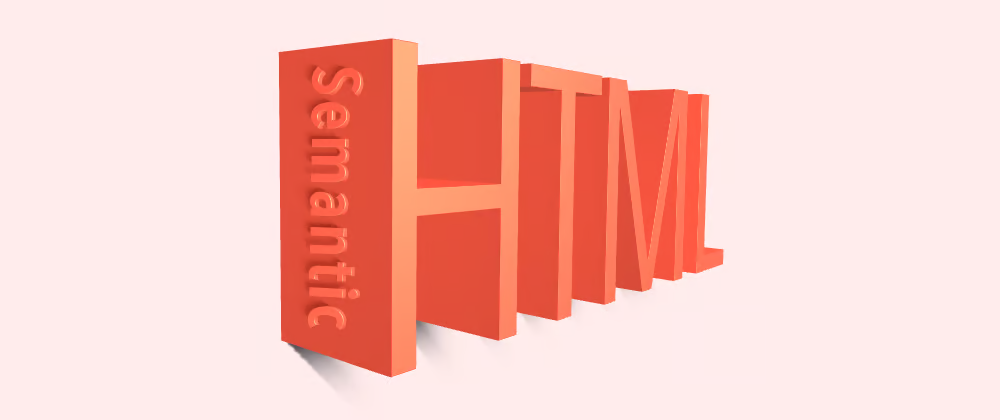Why HTML has both <b / i> and <strong / em>?
Reading time
~ 3 min read
Tags
html
Author
Mustapha Aouas

TLDR;
- The
banditags are from HTML's past, focusing on appearance. - The
strongandemtags represent HTML's present and future, focusing on meaning.
As a web developer, you might have noticed something puzzling. There seem to be two sets of tags that do very similar things:
- The
btag makes text bold, and theitag makes it italic. - The
strongtag also makes text bold, and theemtag makes it italic.
So why does HTML have both? Aren't they doing the same job? Well, not exactly. Let's uncover the story behind these seemingly redundant pairs.
A Brief History Lesson
To understand why we have both sets of tags, we need to take a quick trip back in time. When HTML was first created in the early 1990s, it included the b and i tags. These tags were straightforward: b made text bold, and i made it italic. Simple, right?
But as the web evolved, developers and designers realised something important: HTML shouldn't just be about how things look. It should also be about what things mean.
Enter Semantic HTML
This realisation led to the concept of "semantic HTML”. The word "semantic" refers to the meaning of something. In the context of HTML, it means using tags that describe what the content is, not just how it looks.
This is where strong and em come in. These tags were introduced to give meaning to the text, not just change its appearance:
strongindicates that the text is important or urgent.em(short for emphasis) suggests that the text should be stressed when read.
So, here's the big difference:
bandiare about appearance. They tell the browser, "Make this text bold" or "Make this text italic."strongandemare about meaning. They tell the browser, "This text is important" or "This text should be emphasised”.
Why Does It Matters
You might be thinking, "Okay, but they still look the same on the page. Why should I care?”. Well, I see two main reasons why this distinction is important:
- Accessibility: Screen readers (software that reads web pages aloud for visually impaired users) can interpret
strongandemtags to add the right tone or emphasis when reading the text. They might just skip overbanditags. - Search engines: Some search engines might give more weight to text within
strongtags, considering it more important.
When to Use Which?
Let's look at an example to make this clearer:
The zoo's new panda, named Mei Lan, will make her
<strong>public debut next Tuesday, July 16</strong>.
Visitors are advised to arrive <em>early</em> as large
crowds are expected.
<b>Note:</b> Her favorite food is <i>bambusa vulgaris</i>,
a type of bamboo.
In this example:
strongis used for the important information about the debut date.ememphasises that visitors should arrive early.bis used for a note that's visually distinct but not necessarily more important.iis used for the scientific name of the bamboo species.
The Bottom Line
While b/i and strong/em might look the same on a webpage, they serve different purposes.
- The
banditags are from HTML's past, focusing on appearance. - The
strongandemtags represent HTML's present and future, focusing on meaning.
As a general rule, it's best to use strong and em in your HTML. They provide more information about your content's meaning and can improve accessibility and search engine optimisation.
However, b and i still have their places for purely visual styling or in specific situations where you don't want to imply extra importance or emphasis. That said, for simple visual styling, you can use a span elements with CSS classes, as it offers more flexibility and maintains a clearer separation between content and presentation.
Good HTML isn't just about making pages look right — it's about making them mean right too.